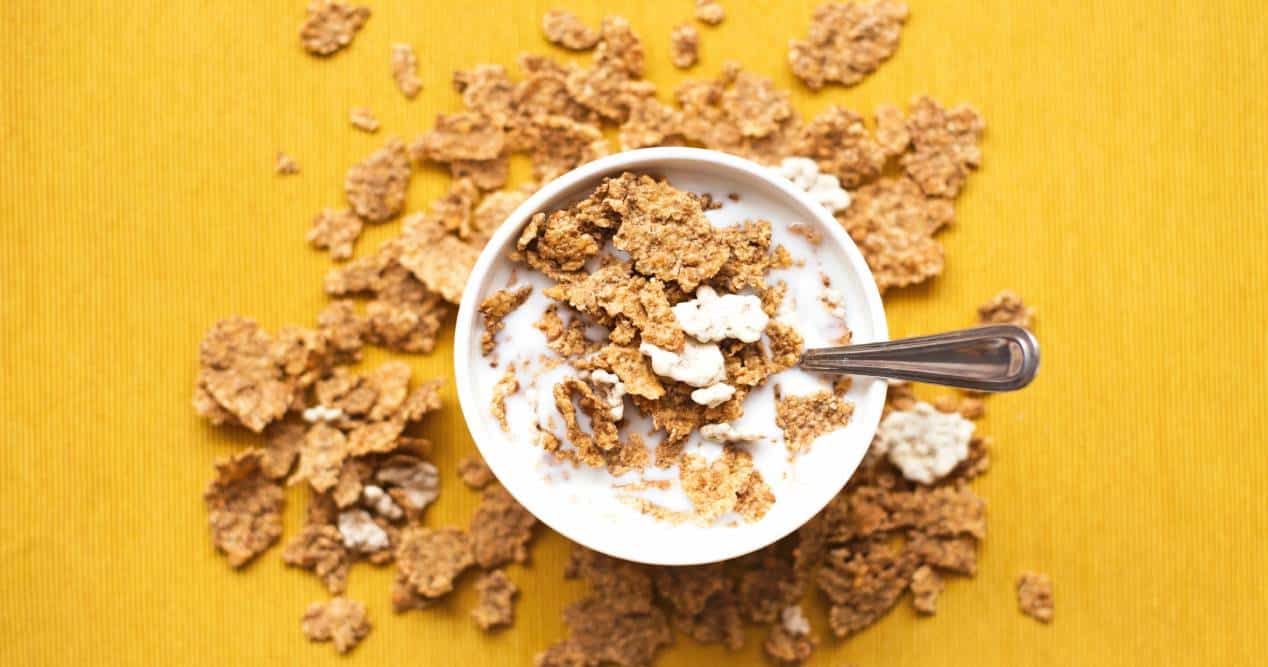
I encourage you to go to a supermarket and choose a cereal box that says "healthy" or "100% natural". Many people are confused by these slogans, which are not really indicators of any proven health benefits. However, the fact that I commented on this does not prevent you from going tomorrow and making the same mistake. In fact, this has been demonstrated by a recent study, published in the Journal of Public Policy & Marketing.
How do cereal box messages influence?
If you had to say how many types of cereals there are, would your figure be around 600? Exactly, more than 600 boxes of the most basic food for breakfast were studied by scientists. They divided them into 4 different studies, with the aim of determining if the marketing campaigns, such as "without additives" or "rich in vitamins", were really beneficial to health. In addition, they also showed special interest in weight loss.
The researchers found that none of those slogans had a link to the nutritional quality of cereals. However, this does not stop consumers from buying cereals that they think are "healthier". Specifically, people opt for products that claim to be made with healthy ingredients, like whole grains, over products that claim to eliminate something potentially "bad," like gluten.
«We found that consumers had a more positive attitude toward labels that are based on the presence of something good, compared to claims about the absence of something bad.", said study co-author Pierre Chandon in a statement. His research team also discovered that these advertising messages affected the way people tasted those foods. In other words, consumers believe that foods labeled as "Home» or facts «without preservatives» are more delicious. They also think that cereals labeled as "low fat","no added sugar»Or«and, too» help them lose weight.
The only way to make yourself a smarter shopper is to ignore the messages on the packaging, and turn the box over to read the nutrition label. Learn to read ingredient lists and food labels to find out how much added sugar, protein, fiber, and fat you're getting from a "healthy" product.